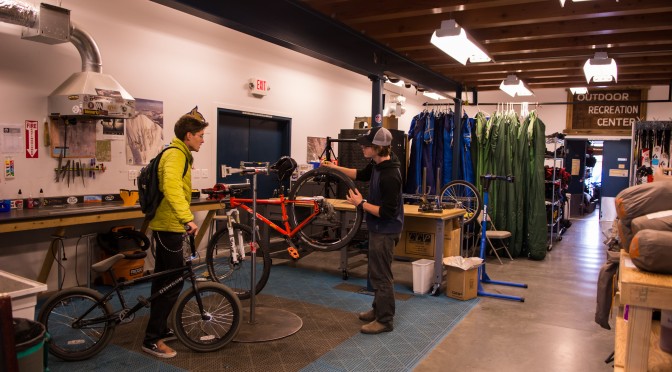Pray for snow.
by David Tucker
If you’re at MSU, odds are you’re aware of Bozeman’s endless powder possibilities. But where to start? Here’s a rundown of the area’s best downhill, Nordic, and backcountry options.
Downhill Dreamland
Closest to campus, and to many Bozemanites’ hearts, Bridger Bowl is the epitome of challenging ridgeline skiing. While it doesn’t feature the biggest vertical relief around, the tight chutes, deep powder, and down-home atmosphere more than make up for it. Bridger’s abundant “cold smoke” powder is legendary, but the mountain is more than just waist-deep stashes. Improved facilities mean beginners are welcome, so if you’re new to the downhill game, don’t shy away—before you know it, you’ll be hiking the Ridge with the rest of us.
Not to be outdone, Big Sky, just over an hour down Gallatin Canyon, offers world-class skiing and riding, with a larger variety of terrain for those seeking a little of everything. Or a lot of everything—with the recent addition of Moonlight Basin and the Spanish Peaks Resort, Big Sky is bigger than ever, and has the options to prove it. Forty-plus-degree slopes, gladed tree runs, endless groomers—you name it, Big Sky’s got it. Most days, your legs will quit long before the chairlifts.
If you’re looking to go a little further afield, but still want the convenience of lift-access skiing, don’t neglect any number of small-town hills within a three-hour drive. Red Lodge, Maverick Mountain, Teton Pass, Lost Trail, and Discovery all make for awesome road-trips that harken back to simpler—and cheaper—times.
Nordic Nirvana
Not into the downhill? Fear not—Bozeman has more cross-country trails than you could cover in a lifetime, let alone four (five?) years. Start with the in-town trails, many of which are groomed by the Bridger Ski Foundation, a local nonprofit. Make your way from the Highland Glen Nature Preserve’s mellow groomers up to the labyrinthine network in Hyalite. As with all things outdoors in Bozeman, there’s a trail for every skill level, so start easy and work your way up.
For a more formal outing, head to Bohart Ranch in Bridger Canyon. Here you’ll find one of Bozeman’s most storied outdoor institutions and over 30k of groomed trail, less than 20 minutes from campus. Want to make a weekend of it? Lone Mountain Ranch in Big Sky and the Rendezvous ski trails in West Yellowstone are great options for a close-to-home getaway.
Backcountry Bliss
If crowds aren’t your thing, or you need an adventure that goes beyond the lift line, southwest Montana will still deliver. Now, part of the backcountry experience is finding secret stashes on your own, so we aren’t going to point you to any specific location, but rather remind you of some importance considerations to make before heading out. First off, get educated. ASMSU offers excellent avalanche-safety courses on the cheap, so there’s no excuse for ignorance. Secondly, respect begets respect. There’s nowhere you’re going to go that hasn’t been skied before, by folks who are much more “rad,” “epic,” and “gnarly” than you are; understand your history and venerate your predecessors. Finally, take advantage of your access. We’re surrounded by outstanding ski terrain and it’s all free for the taking—so get out there and explore.

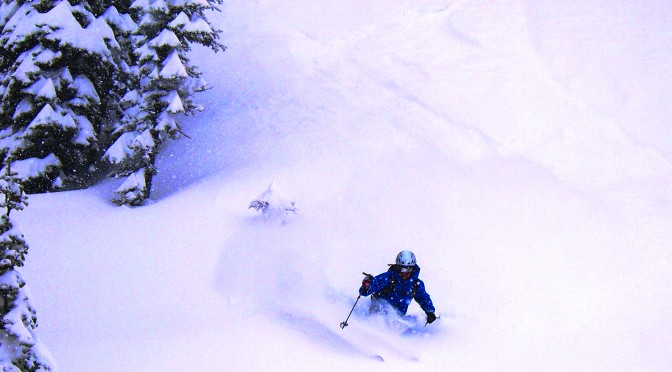



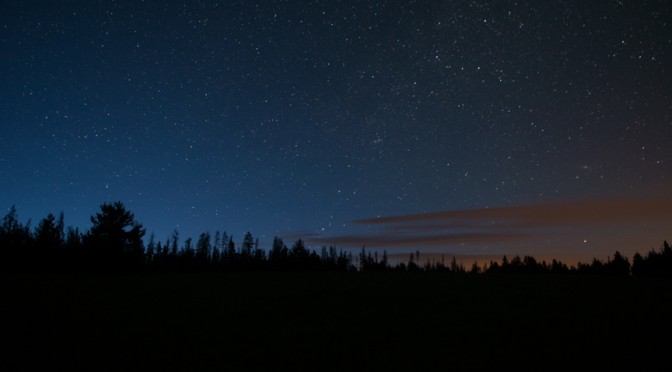



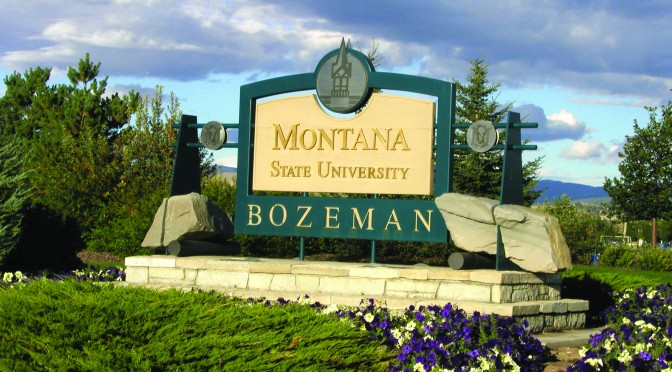



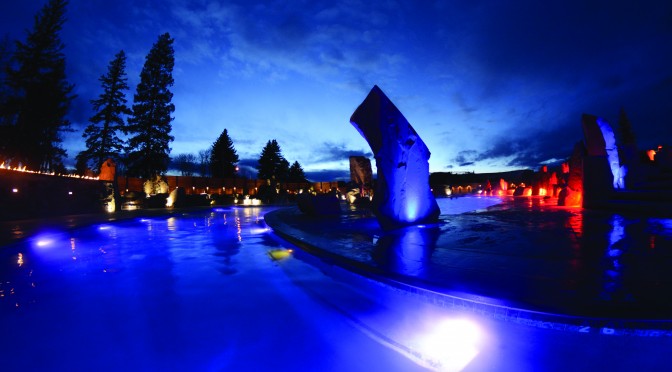




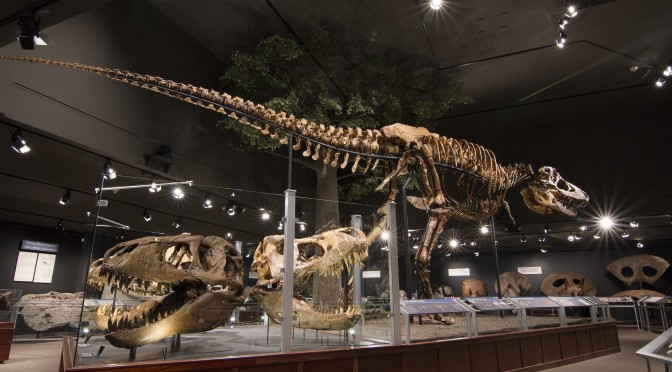


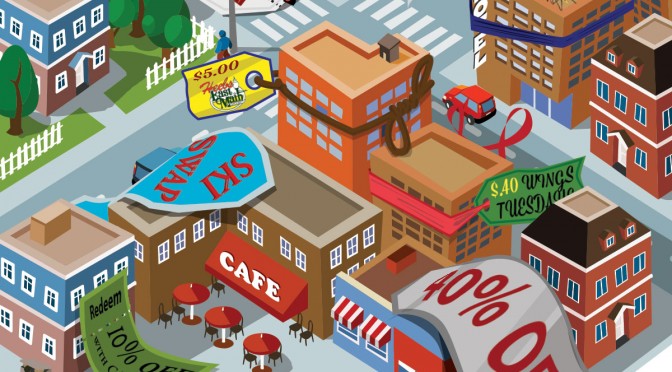
 Imagine rack upon rack of top-of-the-line brands, all at significant discount—at
Imagine rack upon rack of top-of-the-line brands, all at significant discount—at 
 For higher-quality items at prices well below retail, head out W. Main, just past 19th. The
For higher-quality items at prices well below retail, head out W. Main, just past 19th. The 